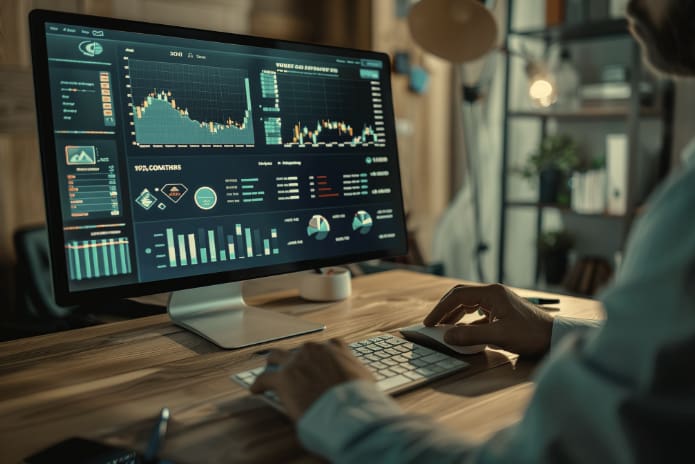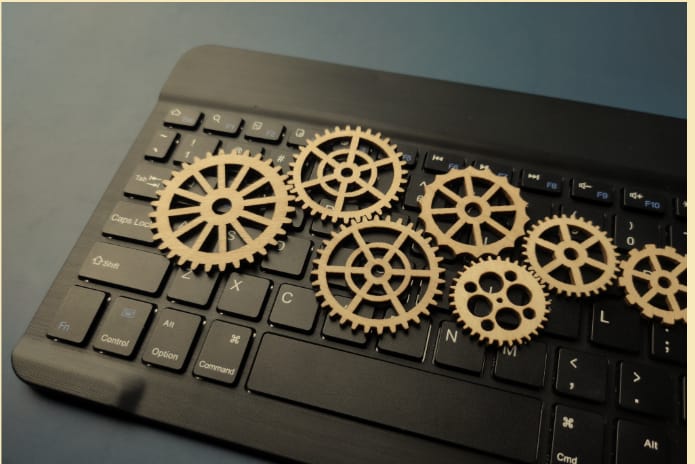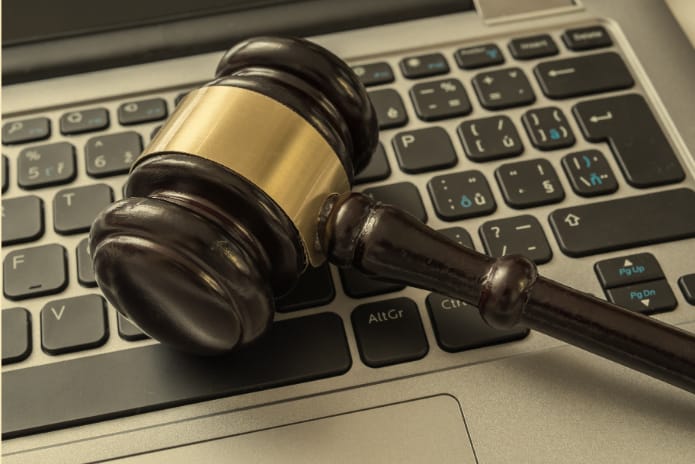The Special Report "Top Strategic Technology Trends for 2025," recently released by Gartner, provides a powerful insight into the technological future, highlighting how innovation is shaping the direction of global markets. Three crucial pillars emerge in this scenario: data analysis, information privacy, and data security. However, more than focusing on the opportunities that data offer, entrepreneurs need to address the challenges related to their protection and ethical management.
Data analysis continues to be the heart of digital transformations. Gartner's study emphasizes that by 2025, companies using predictive analytics to inform their strategies will have a significant competitive advantage. In my corporate routine, I have observed that the ability to turn data into actionable insights is essential for agile and accurate decision-making. However, this is a journey that requires not only the technological tools highlighted in the report – such as Artificial Intelligence Agents, AI Governance, or Post-Quantum Cryptography – but also an organizational culture that is truly data-driven, with qualified professionals to interpret this information.
It is also important to emphasize that there is no longer room for organizations to treat personal data as mere resources. Privacy must be integrated into the design of new products and services, respecting not only the legislation but also consumer expectations. This approach is essential to gain and maintain customer trust, an increasingly valuable asset in the digital world. Data security, in turn, remains a constant concern.
The report also predicts that by 2028, 50% of companies will begin to adopt products, services, or features specifically designed to address security use cases against disinformation. Today, that number is 5%. Safety is not just an operational requirement, but a strategic responsibility. It is imperative that organizations adopt a proactive stance, implementing solutions that protect not only their data but also that of their clients and partners.
It is worth noting that data analysis requires enormous volumes of information, but without adequate security and privacy mechanisms, the potential for harm is high. Companies must balance innovation and responsibility, ensuring that data exploitation is always ethical and secure.
Increasingly, we will see greater convergence between technology and business strategy – which is particularly relevant in the context of data, as organizations that do not treat analysis, privacy, and security as strategic priorities risk becoming irrelevant. At the same time, energy-efficient computing emerges as a strategic trend that can contribute both to cost reduction and to the improvement of organizational sustainability.
On the other hand, the adoption of these new technologies, such as neuromorphic computing and optical computing, as expected, will pose new challenges for data security. Faster and more efficient systems can amplify the risks of attacks, and organizations need to implement strict security controls to mitigate these new vulnerabilities. In an environment where consumers will increasingly be immersed in interactive digital experiences, it is essential for companies to adopt security and privacy strategies that ensure real-time data protection in dynamic environments.
In short, data quality and analysis, privacy, and information security can no longer be viewed as isolated or complementary areas. They are interconnected and essential components for the sustainability and success of companies in the digital future. The convergence of these areas will be decisive for organizations seeking to remain relevant and competitive in a constantly changing market.
With over 30 years in the IT sector, I firmly believe that we are facing a unique opportunity to redefine the standards of how we use and protect data. Therefore, we must also be committed to helping companies navigate this challenging landscape by promoting technological solutions that are both innovative and aligned with best practices in privacy and security.
The technological trends for 2025 are not just predictions. They are a call to action. It is up to us, leaders and organizations, to ensure that digital transformation is sustainable, secure, and people-centered.











